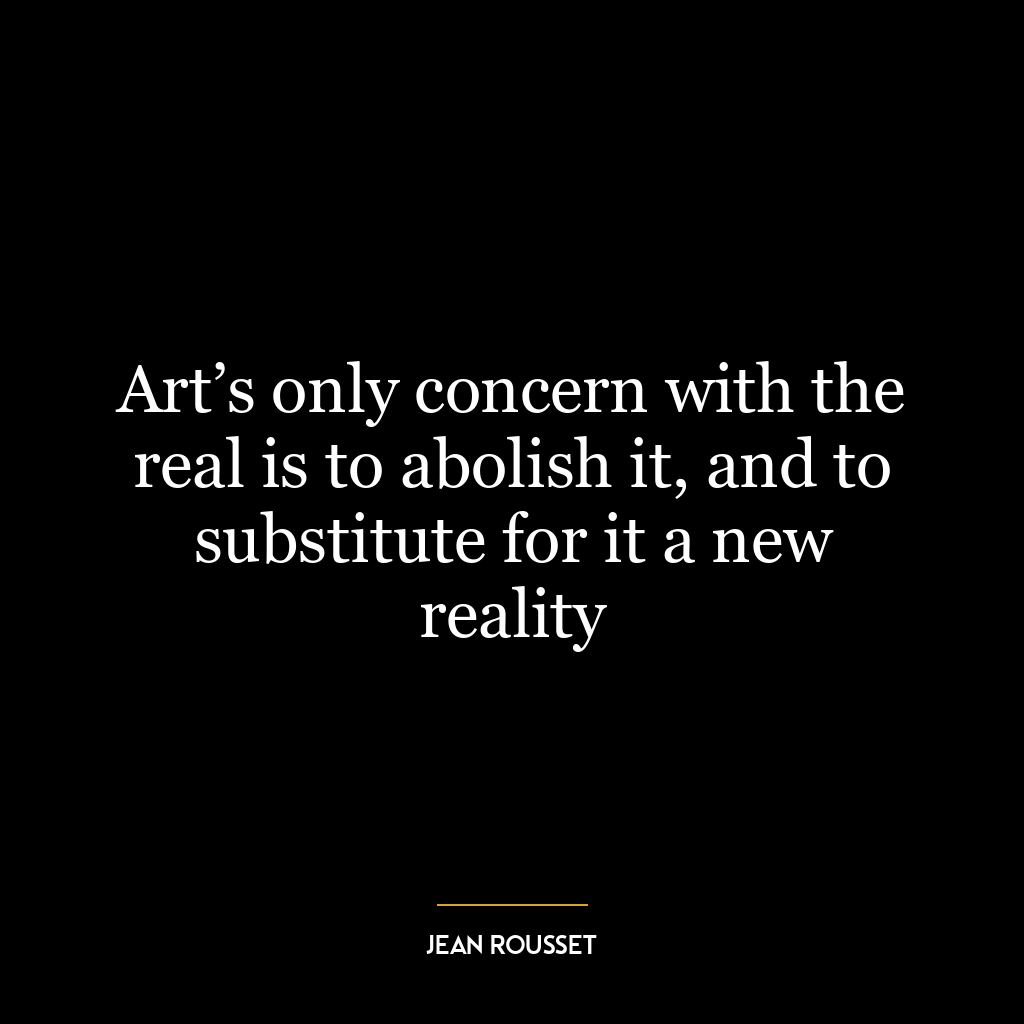No man can put on the robes of Christ’s righteousness till he has taken off his own.
This quote speaks to the spiritual concept of humility and self-awareness. It suggests that in order to truly embrace Christ’s righteousness, one must first let go of their own self-righteousness or ego. The “robes” symbolize a person’s moral and ethical standing – wearing Christ’s robes means embodying his qualities such as kindness, forgiveness, love and humility.
In essence, this quote is about the necessity of acknowledging our own flaws and limitations before we can fully accept or emulate the teachings of Jesus Christ. This is because our own sense of righteousness often stems from pride or ego which can blind us from seeing our true selves with all its imperfections.
Applying this idea in today’s world could mean recognizing that no matter how virtuous we think we are, there is always room for growth and improvement. It encourages introspection; an honest assessment of oneself to identify areas where change might be needed.
In terms of personal development, it could imply that before we strive for higher virtues or aim to better ourselves morally or ethically (putting on the robes), it’s important to first acknowledge our shortcomings (taking off our own robes). Self-improvement begins with self-awareness; understanding one’s strengths but also accepting one’s weaknesses without judgement.
Moreover, it serves as a reminder that embracing humility doesn’t mean belittling oneself but rather opening up oneself for growth by learning from others’ virtues – in this case those embodied by Jesus Christ. We need to shed off any arrogance or pretentiousness (our robes) so as not to hinder us from adopting superior traits (Christ’s righteousness).
This way, it becomes easier not just to preach about good values but also practise them genuinely because they are rooted not in superficiality but deep understanding and acceptance.









